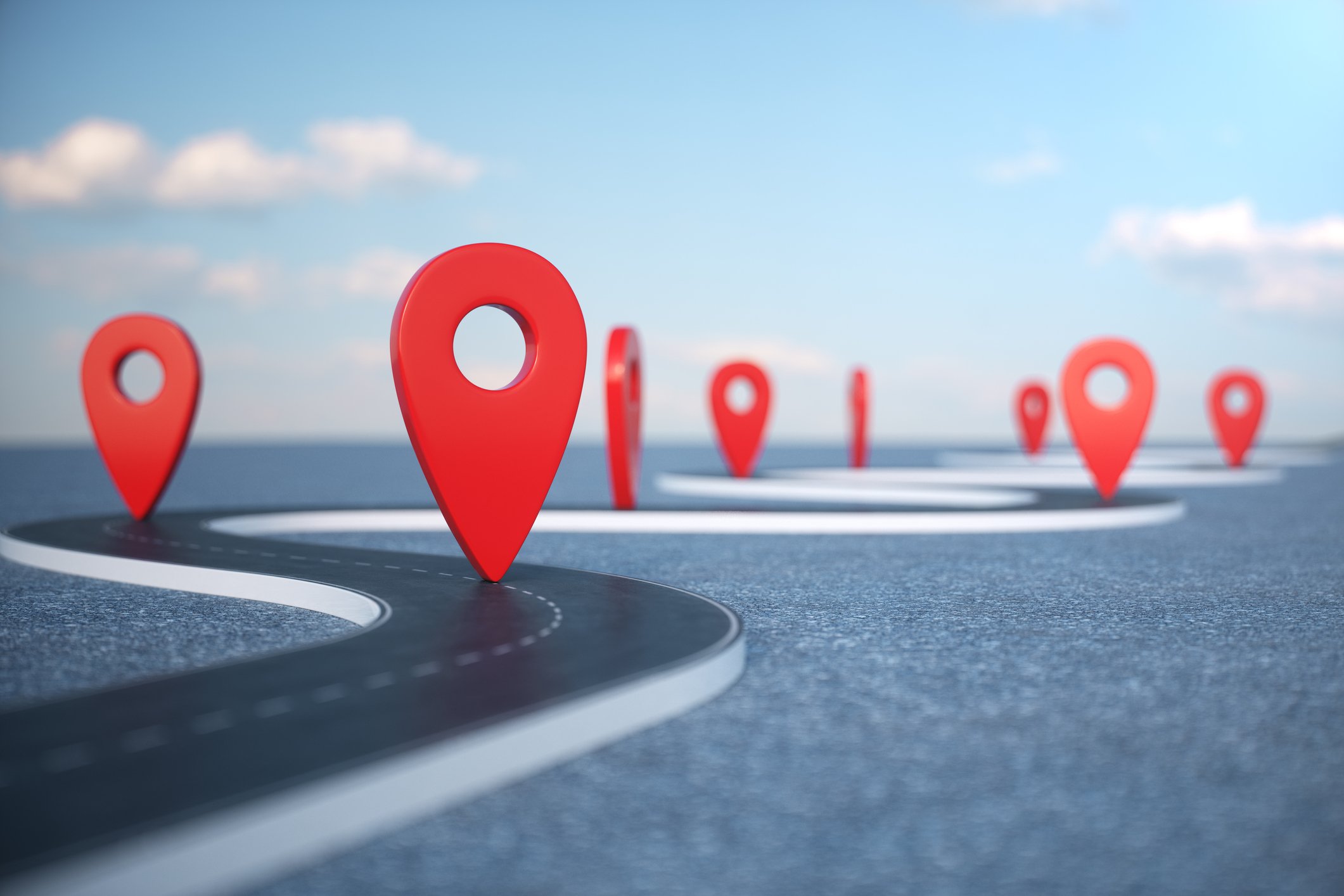
When was the last time you purchased anything without researching online?
We bet it's been a while!
According to studies, 81% of shoppers conduct online research before buying. They search content on products and services that best suit their needs, read reviews, browse pictures, look at the best deals, and more.
People go online to research at every stage of the consumer journey. Countless digital micro-moments rule the buying process.
Big Data Shares Concerning and Shocking Info
At a sales conference, the compelling amount of content presented was focused squarely on Big Data and how businesses can track the sales process step-by-step. You can make every dollar count because you can attribute every dollar to an action step.
And, while much of this information related to marketing, as sales professionals, there was some very interesting information to note though.
According to Big Data, the sales process begins when consumers start going to the website. If they’re looking at reviews on a reputable website or shopping online, they’re known as the “1% of the population that is ready to buy right now.”
This has routinely pushed businesses to spend money solely on these consumers, saying, “Everything else is waste.”
The Buyer's Journey
An effective marketing plan for the 1% of the population that's interested in your product today is smart for selling. However, building a brand to your entire community is critical.
Do both. And, here’s why.
The Buyer’s Journey Begins When...
- Things are good. Give buyers a reason to want to see you someday.
- Starting to re-think things. It’s important the buyer knows your capabilities and why your company is trusted and valued before they start shopping.
- What do I need to know? Get engagement with the buyer because they have questions, and you have made an effort to market to them before trying to sell to them. Wouldn’t you like to have top-of-mind awareness with buyers and have them come straight to you as opposed to having Google Analytics tell you they’re looking somewhere else? At that point, the only thing you can do is bombard them with display ads and videos in order to get them to turn their focus to you.
- What do I need to see in the solution? If you capture their attention early in the process, they’re already raising their hand and seeking you out to buy a car. By now, you’ve gained their trust, and they want to see more options!
- What is the thing that I am going to do? If you’ve reached buyers well throughout their entire consumer journey, you have a clear advantage. You’ve had the ability to put action steps all along the way. Everyone else is trying to catch up to you.
Shifting Marketing Perspectives
Studies show that digital marketing messages focused on the 1% of consumers ready to purchase need to be 7 seconds long. You simply need to present your name and an offer.
Exclusively fighting the 1% of consumers ready to purchase is a war with a lot of carnage. For years, marketing has had one goal – to reach consumers at the moment that most influence their decisions. However, the world has changed, and micro-moments rule the buying process.
Today, Pixel Marketing can capture 70% of website visitors private information without them completing a form. Through innovative technology, you can target consumers the moment they’re on a competitor site. You can track them through their phone and legally gain information such as:
- Full name
- Home address
- Credit Cards
- Net Worth
- Hobbies
- Number of children and ages
- Marital status
Every buyer moves through their journey at their own pace. If the extent of your message is about price, and you aren’t showing up until the end, your brand image is irrelevant in the consumer's mind.
Decreasing margins is often another consistent topic discussed at sales conferences. How can margins not suffer if the industries are training themselves to focus on the end of the consumer's journey and ignore the beginning?
Reach Consumers with the Right Messages and Offers
Today’s buyer's take a multi-channel journey before they meet with your sales team, ready to sign. Businesses that target consumers throughout every phase of their journey ensure they will make the shortlist before a final decision is made.
The buyer's journey is a three-step process a consumer goes through:
- Awareness of a need
- Consideration of different options
- The decision to act
Through each stage, salespeople must ensure they have a strong presence through multiple channels and are reaching consumers with the right messages and offers.
*Editor's Note: This blog has been updated since its original post date.




